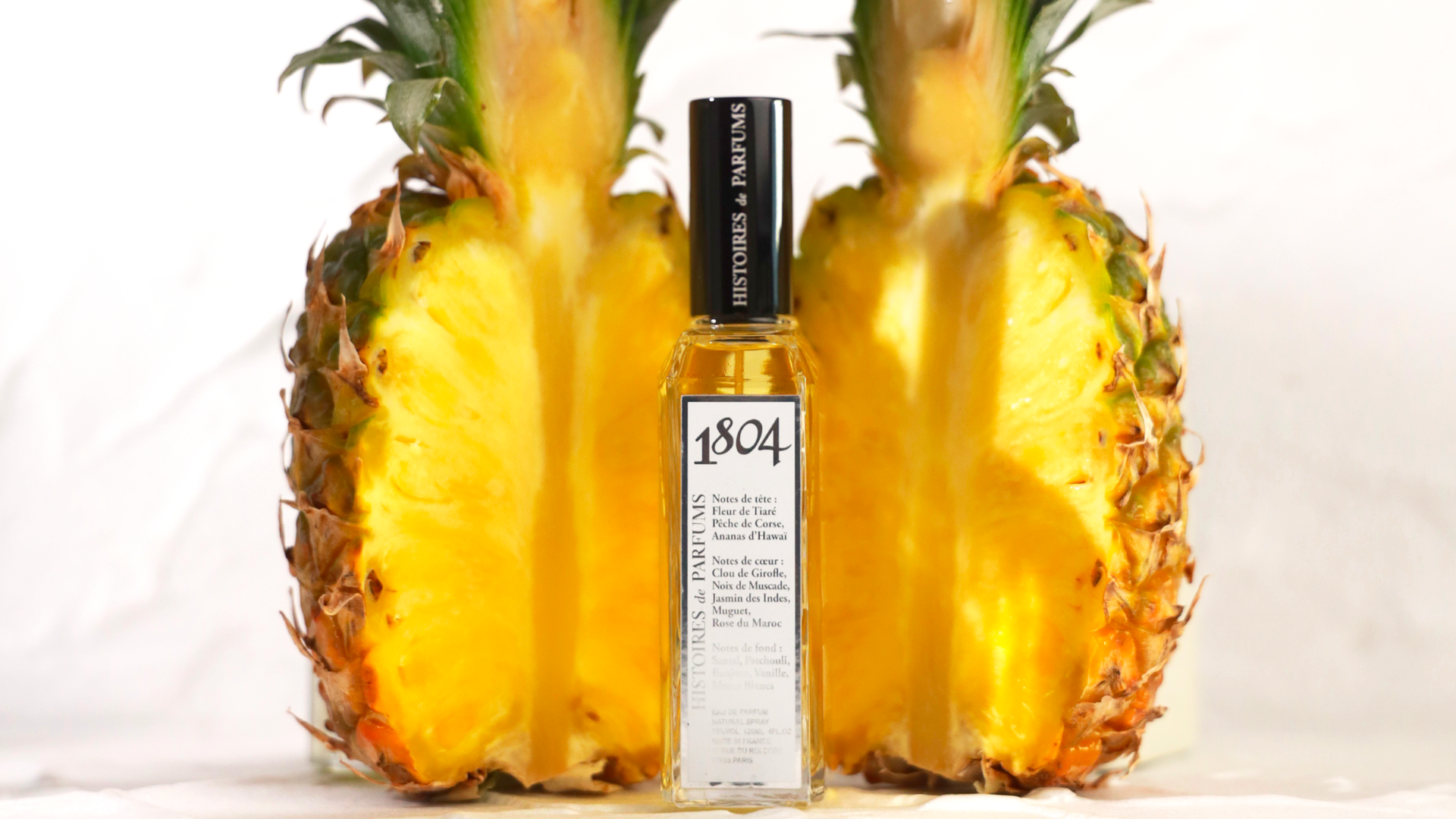
Scents of the Summer Holidays
Holidays have a scent, that's a fact.
If you need convincing, just close your eyes and imagine a beach near or far, scorched by the sun and battered by the sea spray, the coastline of a seaside town crowded with people in sundress or simply a sunny luncheon under the pine trees. However intimate these memories may be, they nevertheless have a common, universal smell; a symphony of fragrances that all of us, as different as we are, can easily identify. First, there's the sea spray, more or less iodized. Then there's the smell of heated sand. Sometimes there's the smell of rosé wine over ice or for the Mediterranean lot, the incomparable smell of pastis or raki or ouzo. Depending on whether you prefer the Atlantic or Mediterranean coastline, you'll also catch the fleeting scents of coastal flora: pine, citrus, and laurel for the Mediterranean; gorse, rhododendron, and broom for those who prefer the north. And finally, there's the smell of sunscreen.
This August let's dive into the scents of summer.
Stage 1 - The Aperitivo
France's beloved “Petit Jaune” (or li’l yellow) has a distinctive scent that zephyrs usually carry a long way. This characteristic scent is mainly due to anethole, a molecule found in dill but also in all anisic compounds - fennel, star anise and aniseed. Discovered in 1841 by Auguste Cahours, anethole is responsible both for the smell of pastis and all Mediterranean anisettes and for their milky appearance. This clouding is the result of the hydrophobic nature of anethole which, when diluted in water, emulsifies until it is completely dispersed. In perfumery, it is used for its anisic and gourmand facets - anethole is thirteen times sweeter than sucrose. Used sparingly, it can be found in the composition of sunny accords, as in 1826.
The “rosé on ice” holds a special place in the hearts of summer jetsetters. Without going into an exhaustive analysis of the many volatile compounds present in a glass of wine, we will concentrate on one molecule that gives rosé its distinctive aroma: the poetically named 3-mercaptohexanol. This extremely powerful ingredient - a member of the thiol family - is found in a wide variety of wines of all colors. In reds, it has been identified in Cabernet Sauvignon, Cabernet Franc, or Merlot; in whites, it is present in Sauvignon or Petit Arvine, but it is mainly responsible for the smell and flavour of rosé Grenache. What does it smell like? Like the members of its family, this mercaptan has an alliaceous, sulphurous odour in its pure state. It however occurs in many fruits: passion fruit, pink guava, grapefruit and, of course, grape juice. At high dilution and combined with other molecules such as butyrates, which are also present in wine, 3-mercaptohexanol is therefore useful in creating wine accords like the sparkling champagne note of 1889.

Step 2 - The Siesta
Aperitivo is a sport that requires a certain amount of endurance. Resting afterwards is almost always recommended. Then, the scents of our surroundings replace those of the frosted glasses. The Histoires de Parfums teams have a particular affinity for the Riviera, so we'll be focusing on its scents: pine forests and maquis, ripening fig trees and the refreshing sea.
The maquis itself is a collection of scents. The most famous, that of the Stone Pine, is due to certain terpenic molecules. While we naturally think of pines - their name gives away their origin – Stone Pine is rich in guaiol, a bright, rosy molecule found in cypress and cannabis. Other fresh notes include citrusy limonene and linalool, contrasted with the spicier, woodier beta-caryophyllene that contributes to the fragrance of cloves. Stone Pine often shares its scrubby stronghold with cistus, whose resin - labdanum - forms one of the pillars of the amber accord in perfumery. Its distinctive scent - aromatic, herbaceous and honeyed - is due to a precious cocktail of fresh, camphorous alpha-zingiberene, warm, herbaceous alpha-curcumene (also found in immortelle), slightly green, fruity viridiflorol, spicy cubenol and traces of cumin aldehyde, giving it a tawny, animalic aura. Pinewoods and maquis - two memories of summer delights that can be smelt again and again in our 1828 and 7753.

What you smell of the fig tree is often its leaf. Characteristically green, crisp yet enveloping, it is due to psallene, which is also found in lovage, rue and celery. The only problem is that it is a furocoumarin. Extremely irritating and phototoxic, psallene prevents any extraction of the fig leaf for use in perfumery. It is therefore preferred to synthetic molecules such as stemone combined with coumarinic notes - octahydrocoumarin - almondy notes - benzaldehyde - or lactonic notes - gamma octalactone - to skillfully recreate the scent of the leaf and of its ripe fruit.
As for the sea... it smells of nothing since water and salt have no odor. What you can smell, however, is the marine life carried by the sea spray: kelp and algae decomposing into 1-penten-3-ol and dictyopyrenes, with their green, grassy, mossy smell typical of the coastline but above all the dimethyl sulphide produced by the decomposition of plankton, with its unpleasant, sulfurous smell. Clinging to the salt pulverized by the sea, these compounds find their way to our nostrils, giving us a whiff of the sea. In perfumery, alongside seaweed extracts and dimethyl sulphide, Calone is often used in these reconstitutions, its typically 'iodized' scent forming the basis of ozonic accords such as the one in This is not a Blue Bottle 1/.5.

Step 3 - The Tan
Some people tan in the morning, others after a siesta when the heat has finally died down. This opens an olfactory competition, with everyone contributing their own suntan oil or sunscreen, each more fragrant than the last, but all with that unmistakeable, instantly recognizable something: the universal scent of holidays. It's based on two molecules, depending on whether you slather it on European-style or American-style.
Europeans will be more familiar with benzyl salicylate. This molecule is responsible for the scent of Ambre Solaire. The story goes that Eugène Schueller, the founder of L'Oréal, found himself suffering from sunburn while out on his yacht. He thus came up with a lotion capable of filtering UV rays, using the only ingredient known to have such virtues: the famous salicylate. Success was not long in coming, and Ambre Solaire was born, soon to conquer all sunscreens and perfumers' palettes. Americans, meanwhile, are more familiar with the scent of Hawaiian Tropic, built around lactones reminiscent of coconut.
These two fragrances form the basis of our solar fragrances: the slightly floral delicacy of benzyl salicylate, reminiscent of frangipani, is superimposed with fruity notes of coconut and pineapple, pina colada style, or the headier notes of ylang-ylang and tiare, whose use in France, rooted in the colonial past of the former French empire, is bound to evoke the kind of escapism we can imagine in our 1804.

Need a super dose of summer?
Try 1804 for a sultry ambience with its facets of Gardenia, Pineapple and Tiaré. If you're more of a seaside person, opt for 1828 and its fresh opening combining the scent of pine trees and sea spray. And if you're more into sunbathing, why not take a sip of 1969, whose festive fruitiness, with its blend of peach and coconut, will transport you to the beaches of Hawaii.



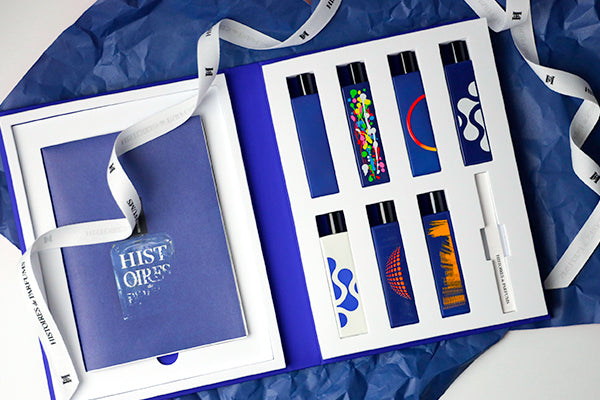
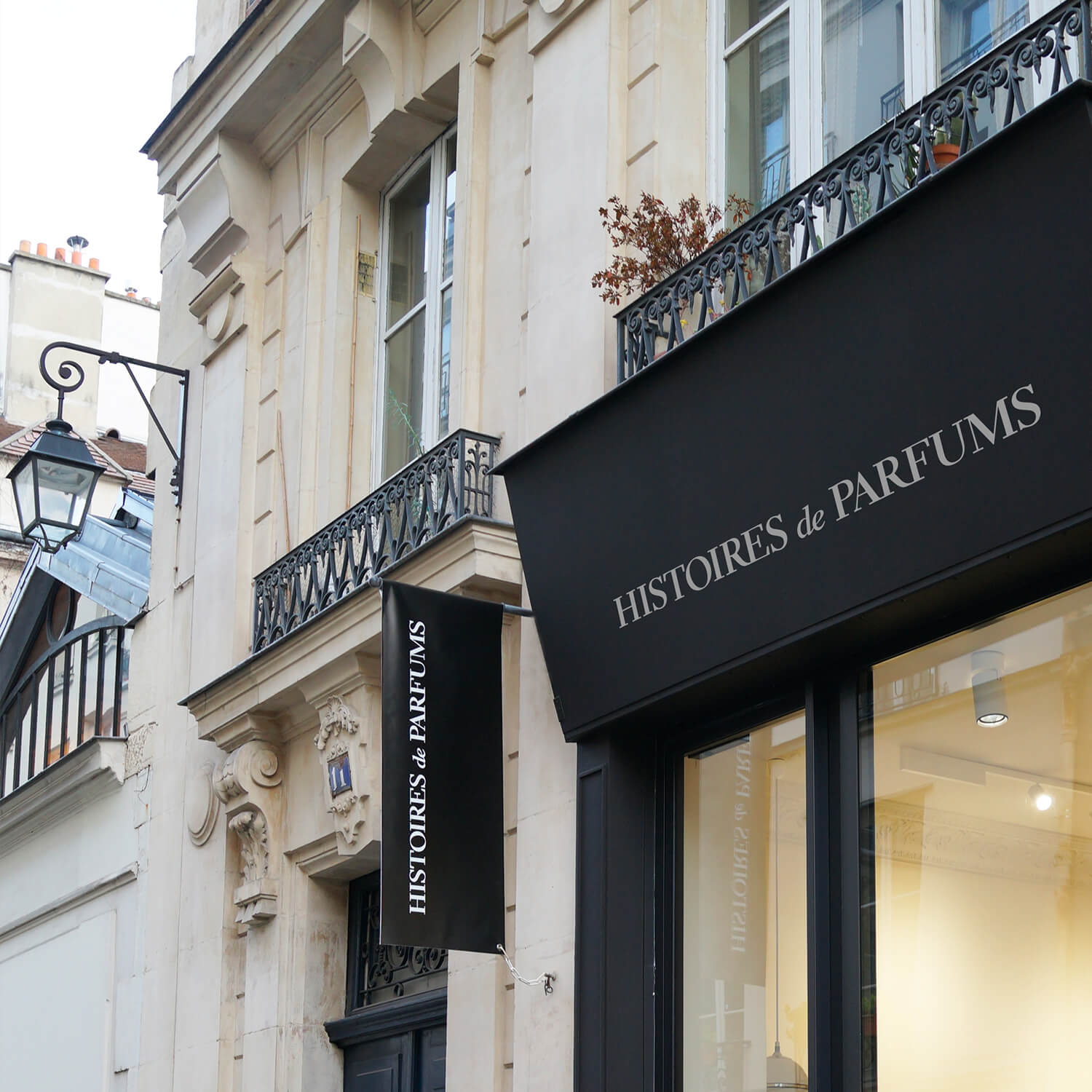
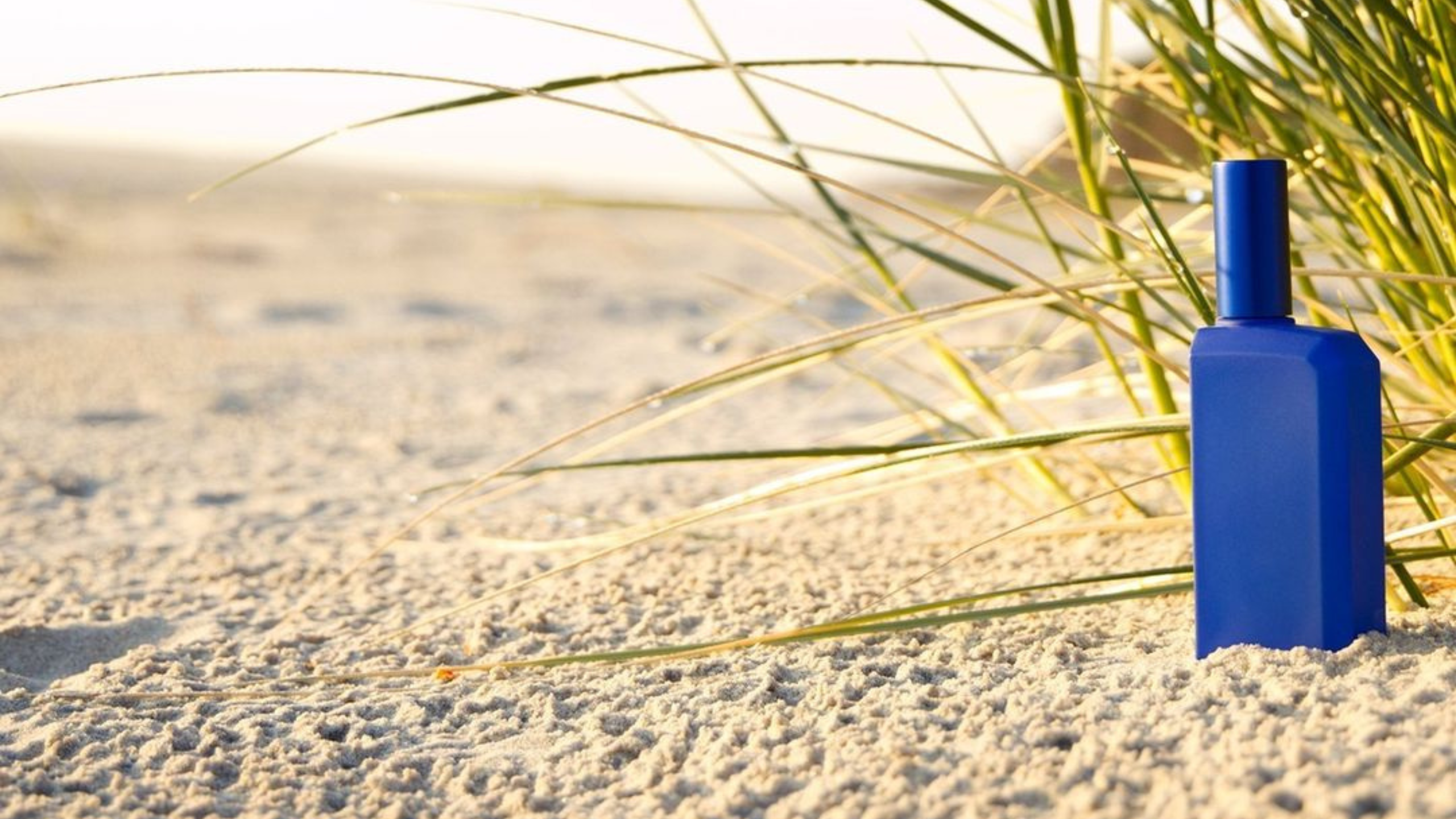
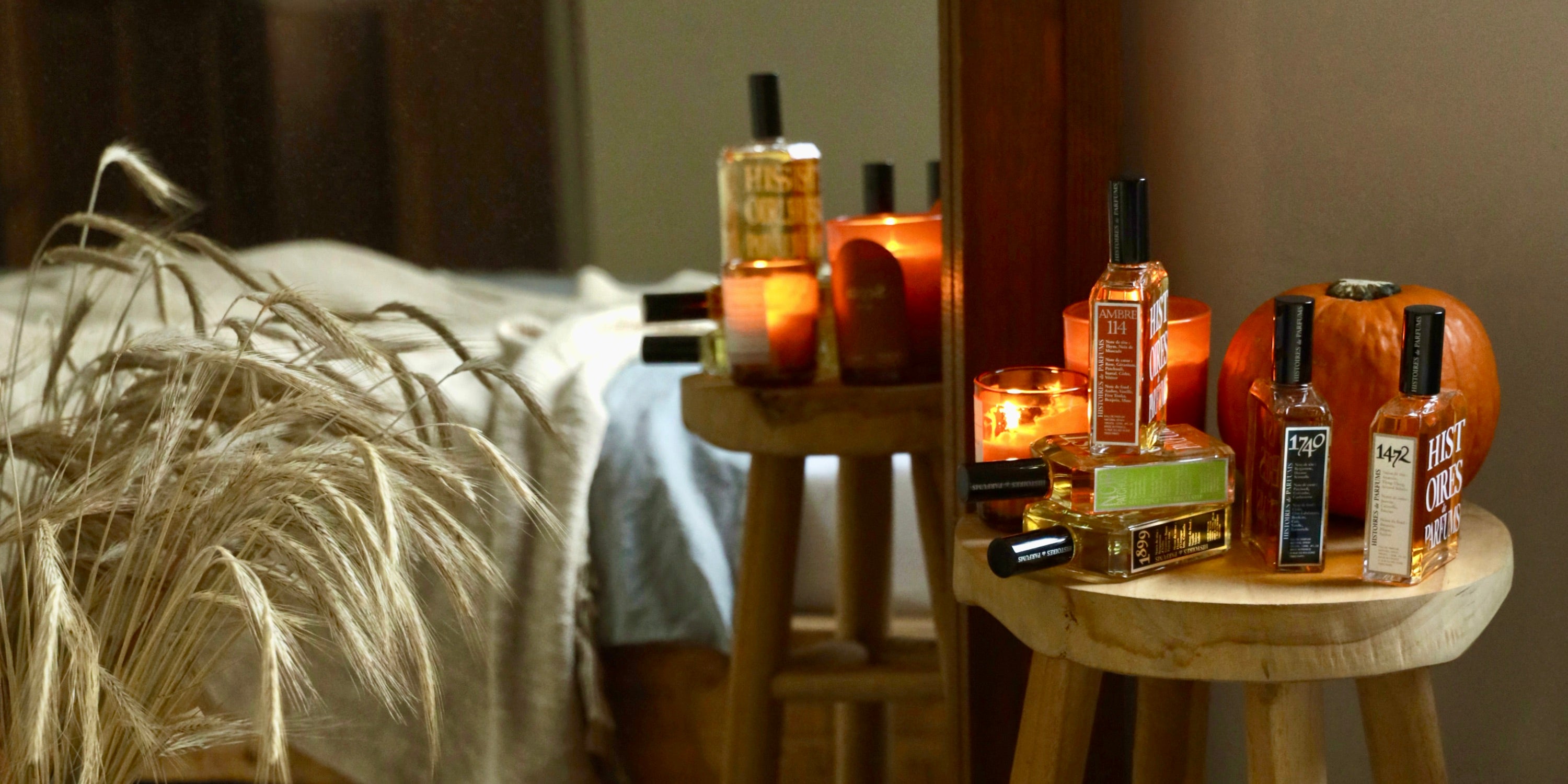


Leave a comment
This site is protected by hCaptcha and the hCaptcha Privacy Policy and Terms of Service apply.